Edible Okra Leaves – Can You Eat The Leaves Of Okra
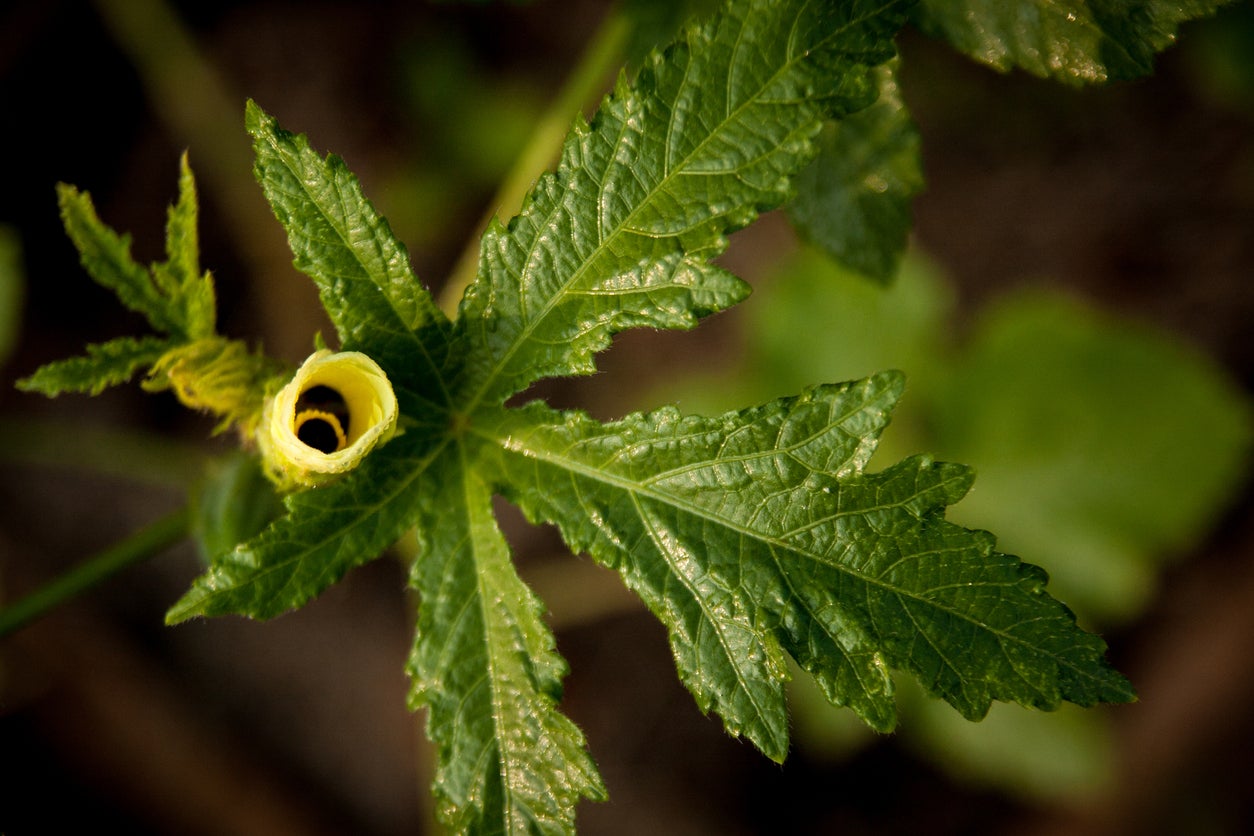
Many northerners may not have tried it, but okra is quintessentially southern and linked to the cuisine of the region. Even so, many southerners typically just use the okra pods in their dishes but what about eating the okra leaves? Can you eat the leaves of okra?
Can You Eat the Leaves of Okra?
Okra is thought to have originated in Africa and cultivation spread to the Middle East, India, and into the southern reaches of North America, most likely brought by the French via West Africa. It has since become a popular food in southern parts of the U.S.
While it is the pod which is most favored, okra leaves are, indeed, edible too. Not only the leaves but the beautiful blossoms as well.
Eating Okra Leaves
Okra is a type of hibiscus plant that is grown for ornamental purposes and as a food crop. The leaves are heart-shaped, serrated, medium in size, bright green, and covered in small bristles. The leaves grow alternately with five to seven lobes per stem.
Okra pods are a traditional ingredient in gumbo and feature prominently in other southern dishes. Some people don’t like them because the pods are mucilaginous, a long word for slimy. The pods are often used, as in gumbo, to thicken soups or stews. Turns out that the edible okra leaves also have this thickening aspect. The leaves can be eaten raw or cooked like spinach, and a nice chiffonade (thinly cut strips) added to stew or soup will thicken it just as a roux or corn starch would.
As mentioned, the blooms are edible, as well as are the seeds, which can be ground and used as a coffee substitute or pressed for oil.
The flavor of the leaves is reportedly quite mild, but a little grassy, thus it works well with bold flavors such as garlic, onion, and peppers. It can be found in many Indian curries and pairs well with meat dishes. Okra leaves are rich in fiber and also contain vitamins A and C, calcium, protein, and iron.
Gardening tips, videos, info and more delivered right to your inbox!
Sign up for the Gardening Know How newsletter today and receive a free copy of our e-book "How to Grow Delicious Tomatoes".
Harvest okra leaves from late summer through the fall and use immediately or store them in a plastic bag in the refrigerator for up to three days.

Amy Grant has been gardening for 30 years and writing for 15. A professional chef and caterer, Amy's area of expertise is culinary gardening.
-
 Looking For Plants To Give You The Soft And Fuzzies? Try These 5 Fuzzy Leaf Plant Options
Looking For Plants To Give You The Soft And Fuzzies? Try These 5 Fuzzy Leaf Plant OptionsLovers of texture, drama, silver foliage and tactile plants will adore these special sensory garden additions. These fuzzy leaf plant options will leave you all aglow
By Susan Albert
-
 Get Ready For A Summer Of Hummers! Grow These Full Sun Hummingbird Plants and Flowers
Get Ready For A Summer Of Hummers! Grow These Full Sun Hummingbird Plants and FlowersIf you’re lucky enough to enjoy a sunny backyard, make sure you are maxing out on your pollinator opportunities and grow these full sun hummingbird plants and flowers
By Tonya Barnett
-
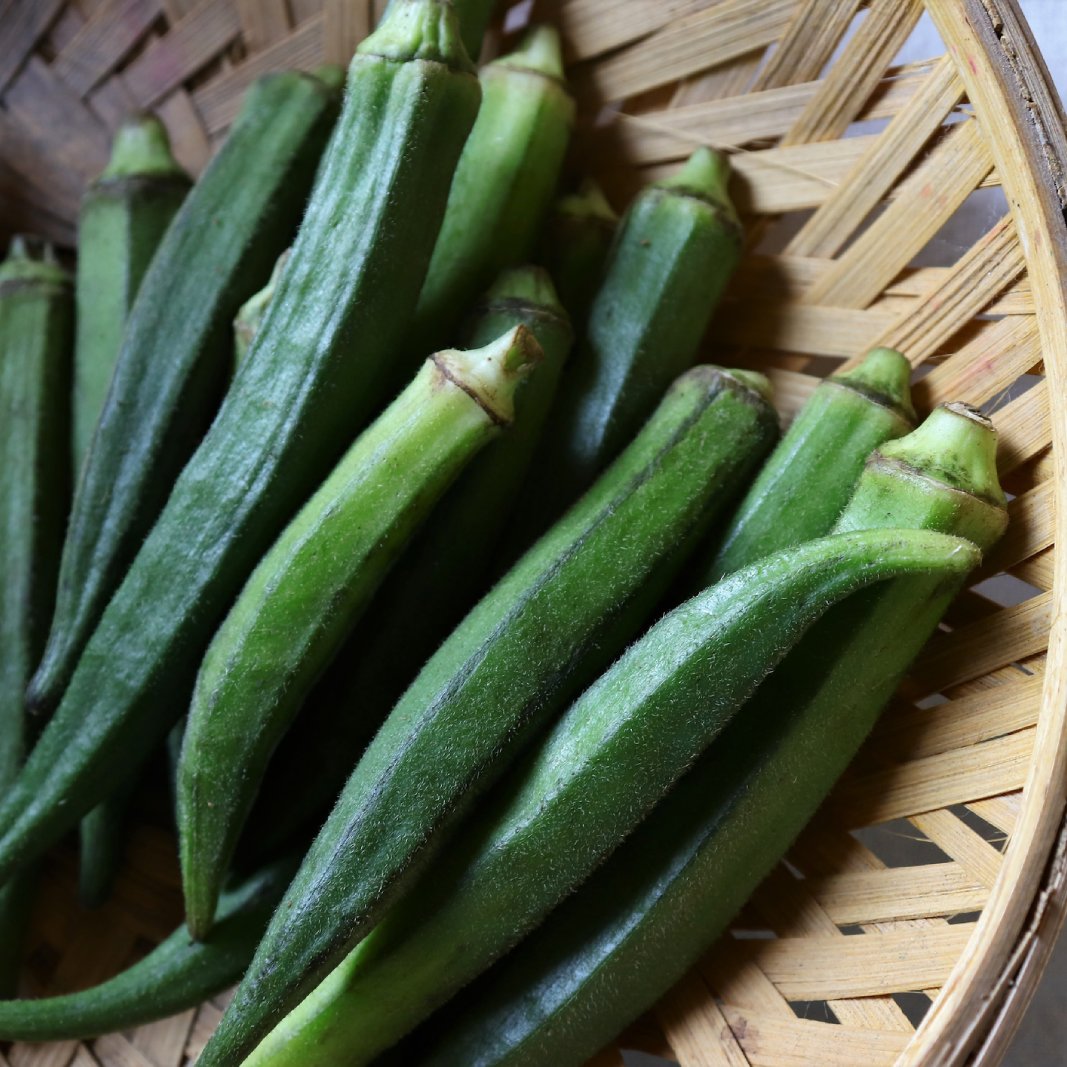 How To Store Okra After Picking
How To Store Okra After PickingLearn how to store fresh okra for up to a year by canning or freezing the harvest. For short-term storage it can go in the refrigerator for two or three days.
By Susan Albert
-
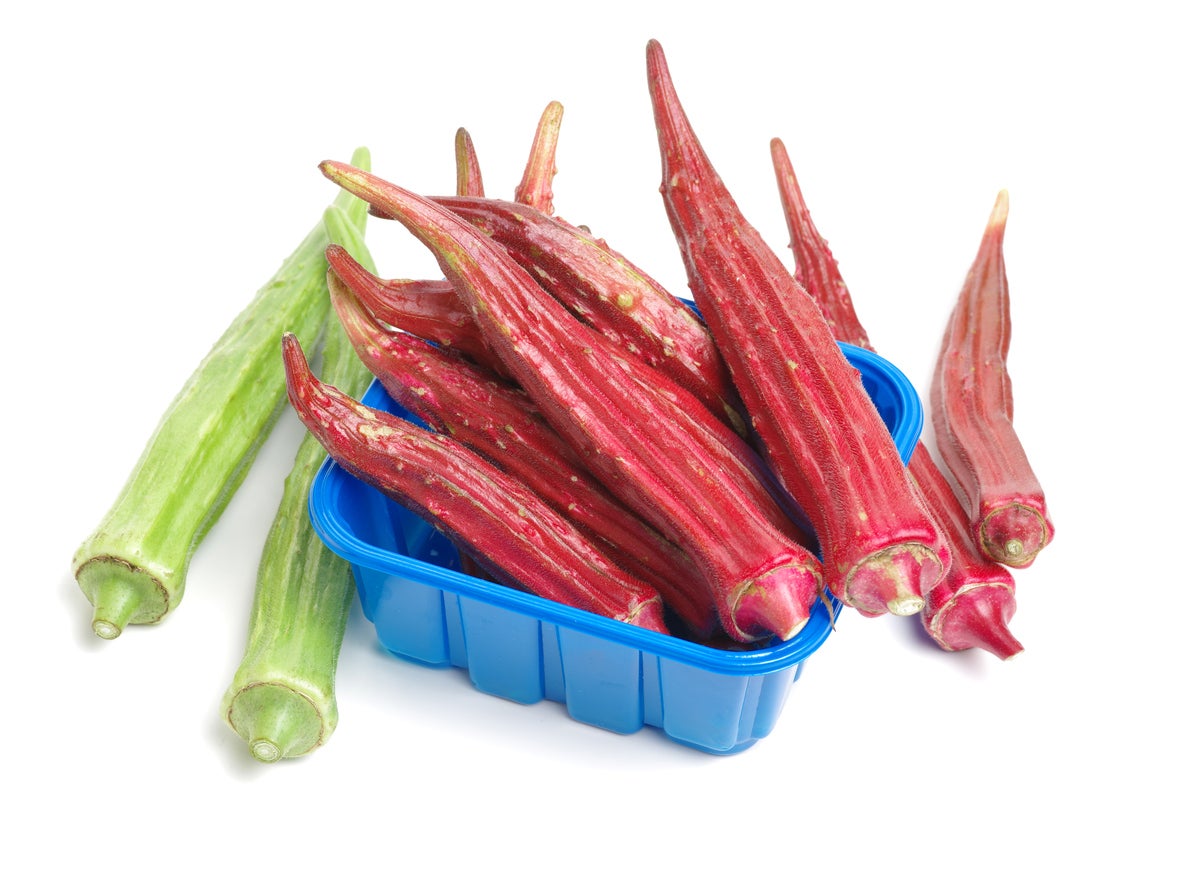 Okra Plant Varieties: Learn About Different Types Of Okra Plants
Okra Plant Varieties: Learn About Different Types Of Okra PlantsBy Teo Spengler
-
Okra Charcoal Rot Information: Learn About Treating Okra Charcoal Rot
Charcoal rot can be a devastating disease for a number of crops, causing rot in the roots and stems, inhibiting growth, and lowering yield. Charcoal rot of okra has the potential to wipe out that section of your garden and even infect other vegetables. Learn more here.
By Mary Ellen Ellis
-
Treating Blight On Okra Plants: Recognizing Southern Blight In Okra Crops
There are times when even the most ardent lover of okra is left with a bad taste in their mouth – and that is when there is blight on okra plants in the garden. Just what is okra southern blight and how do you treat okra with southern blight? Click here to find out.
By Shelley Pierce
-
Cotton Root Rot Of Okra: Managing Okra With Texas Root Rot
Cotton root rot of okra, is a nasty fungal disease that attacks many species of plants. The disease, which favors highly alkaline soils and hot summers, is limited to the Southwestern United States. Learn what you can do about okra with Texas root rot in this article.
By Mary H. Dyer
-
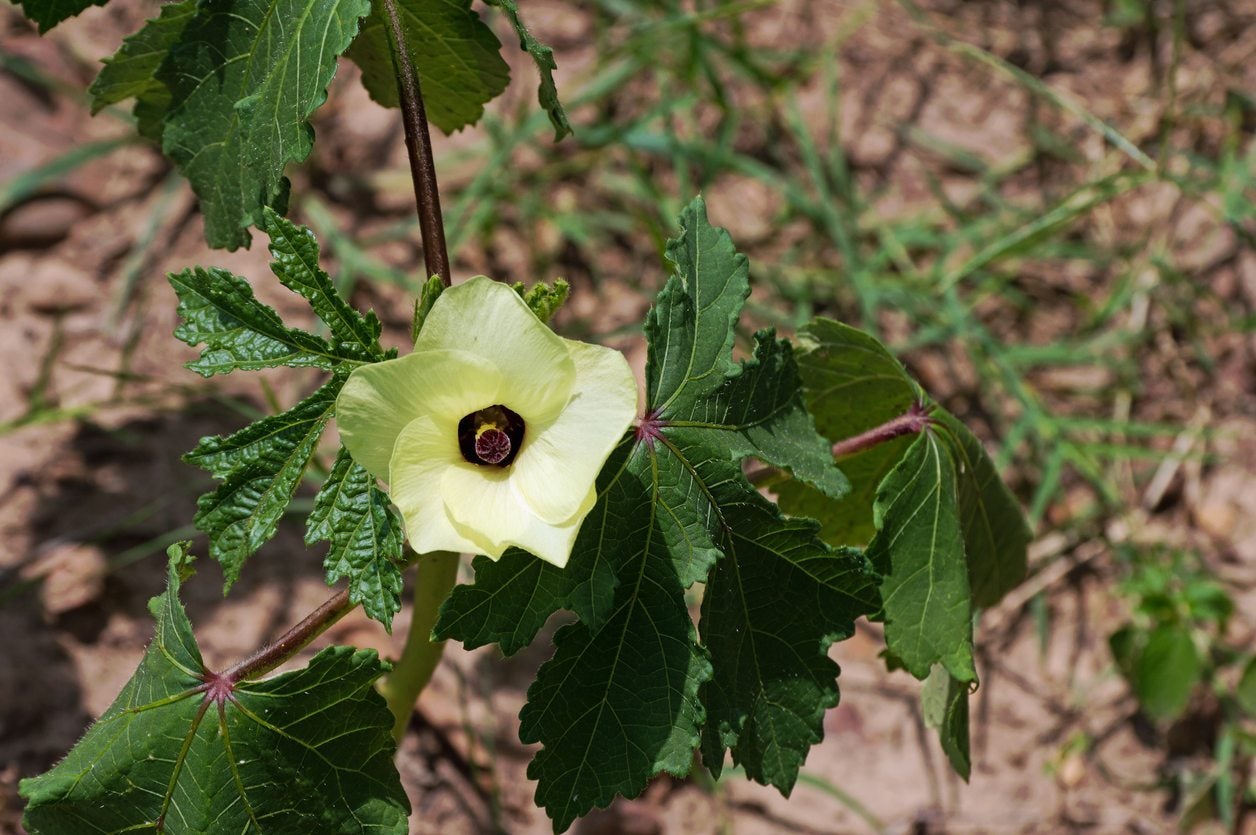 My Okra Flowers Are Falling Off: Reasons For Okra Blossom Drop
My Okra Flowers Are Falling Off: Reasons For Okra Blossom DropOkra is a beloved vegetable, partly because it can live and produce happily even in extreme heat. Because it's usually so reliable, it can be especially frustrating if your okra plant doesn't produce like it should. One such problem is okra blossom drop. Learn more here.
By Liz Baessler
-
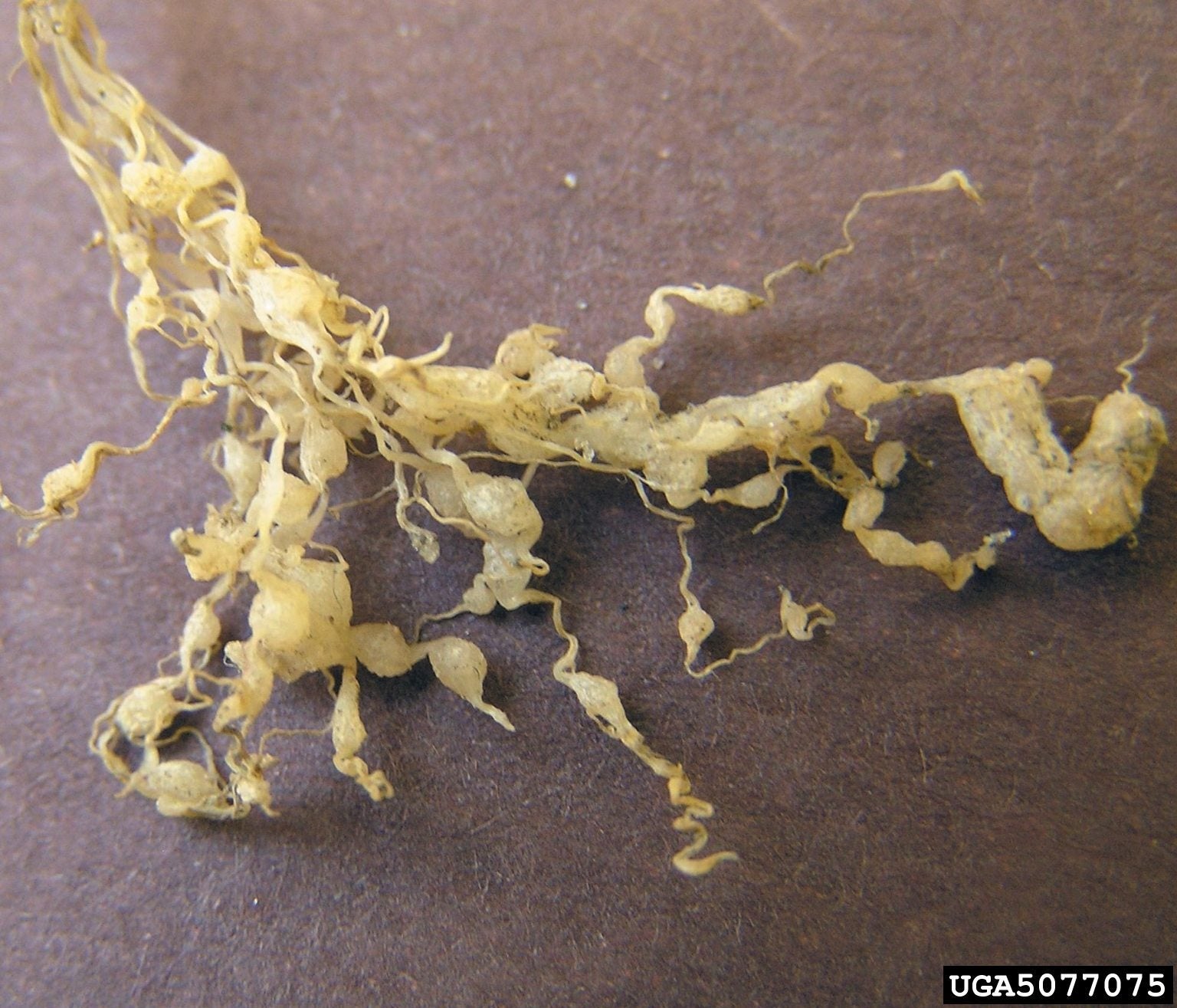 Nematode Okra Problems – Treating Okra With Root Knot Nematodes
Nematode Okra Problems – Treating Okra With Root Knot NematodesSouthern Americans are not the only ones who love their okra; okra root knot nematodes have a penchant for it as well. Okra with root knot nematodes can cause serious losses. How can root knot nematodes on okra be managed? This article can help with that.
By Amy Grant
-
 Okra Seedling Diseases: Managing Diseases Of Okra Seedlings
Okra Seedling Diseases: Managing Diseases Of Okra SeedlingsIf your okra seedlings are dying, then let this article take the "oh crud" out of okra cultivation and learn more about some of the more common okra seedling diseases and prevention. Click here for more information.
By Shelley Pierce